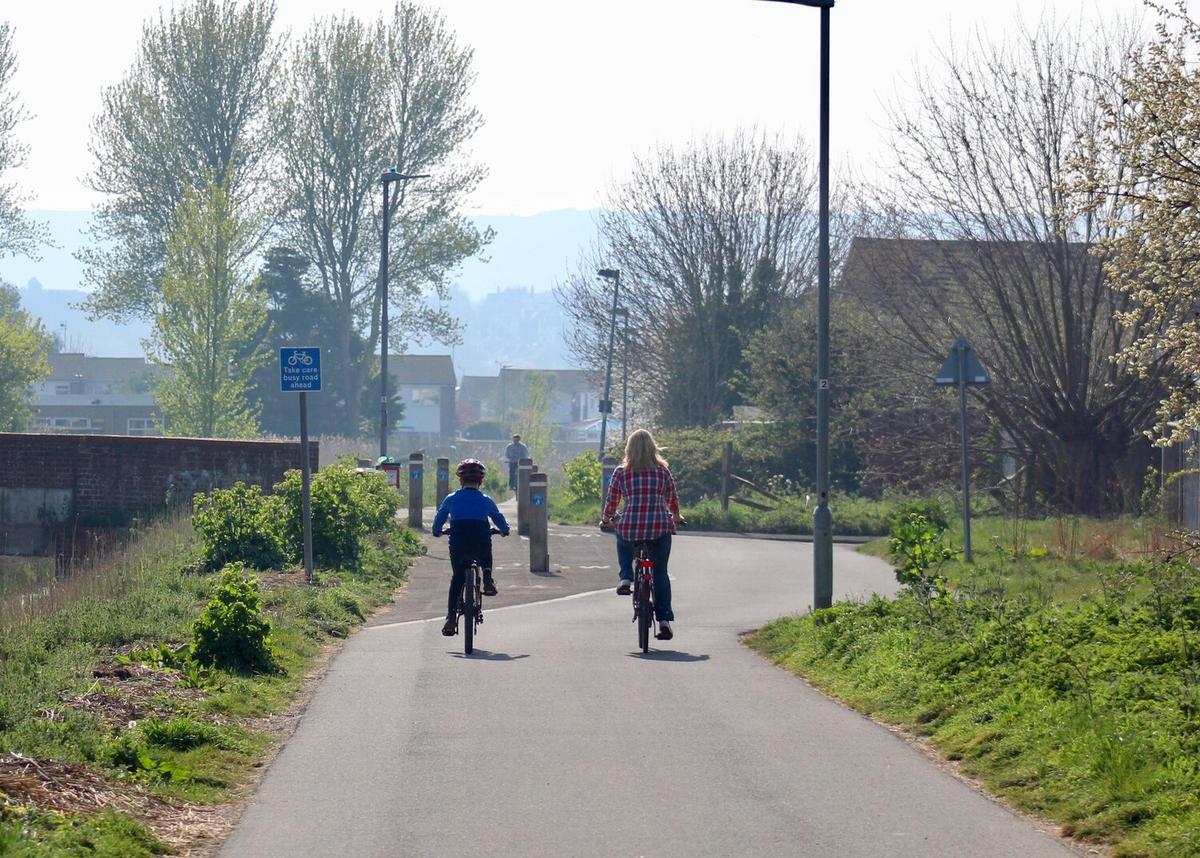Embracing eco-friendly home design is not just a trend, it’s a vital step towards a sustainable future. As our understanding of environmental impacts grows, more homeowners are seeking ways to reduce their carbon footprint through thoughtful architecture and design.
Understanding Eco-Friendly Home Design
Eco-friendly home design focuses on creating living spaces that minimize environmental impact while enhancing comfort and efficiency. This approach incorporates sustainable materials, energy-efficient systems, and innovative design strategies.
Expert Insights
“Eco-friendly homes are about creating harmony with nature,” says renowned architect and sustainability advocate Bill McDonough. “It’s about using resources wisely and designing spaces that inspire and nurture.”
Key Statistics
According to the U.S. Green Building Council, buildings account for approximately 39% of CO2 emissions in the United States. Transitioning to green building practices can reduce these emissions significantly.
Personal Stories
Take the example of Emma, a homeowner in Portland, who transformed her traditional house into a green haven. By installing solar panels and using reclaimed wood, she not only saved on utilities but also enhanced her home’s aesthetic appeal.
Actionable Tips for an Eco-Friendly Home
- Invest in energy-efficient appliances.
- Use recycled or sustainably sourced building materials.
- Incorporate natural lighting and ventilation.
- Install rainwater harvesting systems.
Consider a green roof to improve insulation and reduce water runoff.
Comparison Table: Traditional vs. Eco-Friendly Homes
| Feature | Traditional Home | Eco-Friendly Home |
|---|---|---|
| Energy Source | Fossil Fuels | Renewable Energy |
| Materials | New, Non-renewable | Recycled, Sustainable |
| Water Usage | High | Optimized |
| Insulation | Standard | High-efficiency |
| Lighting | Incandescent | LED/Natural |
| Waste Management | Minimal Recycling | Comprehensive |
| Indoor Air Quality | Varies | Enhanced |
| Market Value | Standard | Potentially Higher |
FAQs
What materials are best for eco-friendly homes?
Materials such as bamboo, recycled steel, and reclaimed wood are excellent choices.
How can I make my existing home more sustainable?
Start with small changes like switching to LED bulbs, installing a programmable thermostat, and improving insulation.
Conclusion
Building for the future with eco-friendly home design is a rewarding journey towards sustainability. By incorporating green practices, we can reduce our environmental impact and create healthier, more resilient living spaces. Start with one change at a time, and watch as your home transforms into a beacon of sustainability.




Leave a Reply